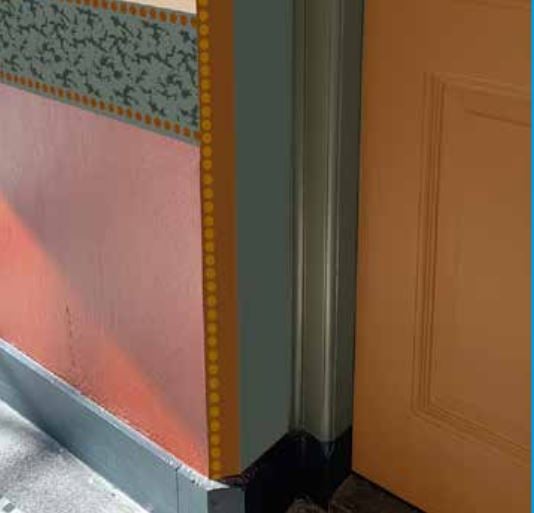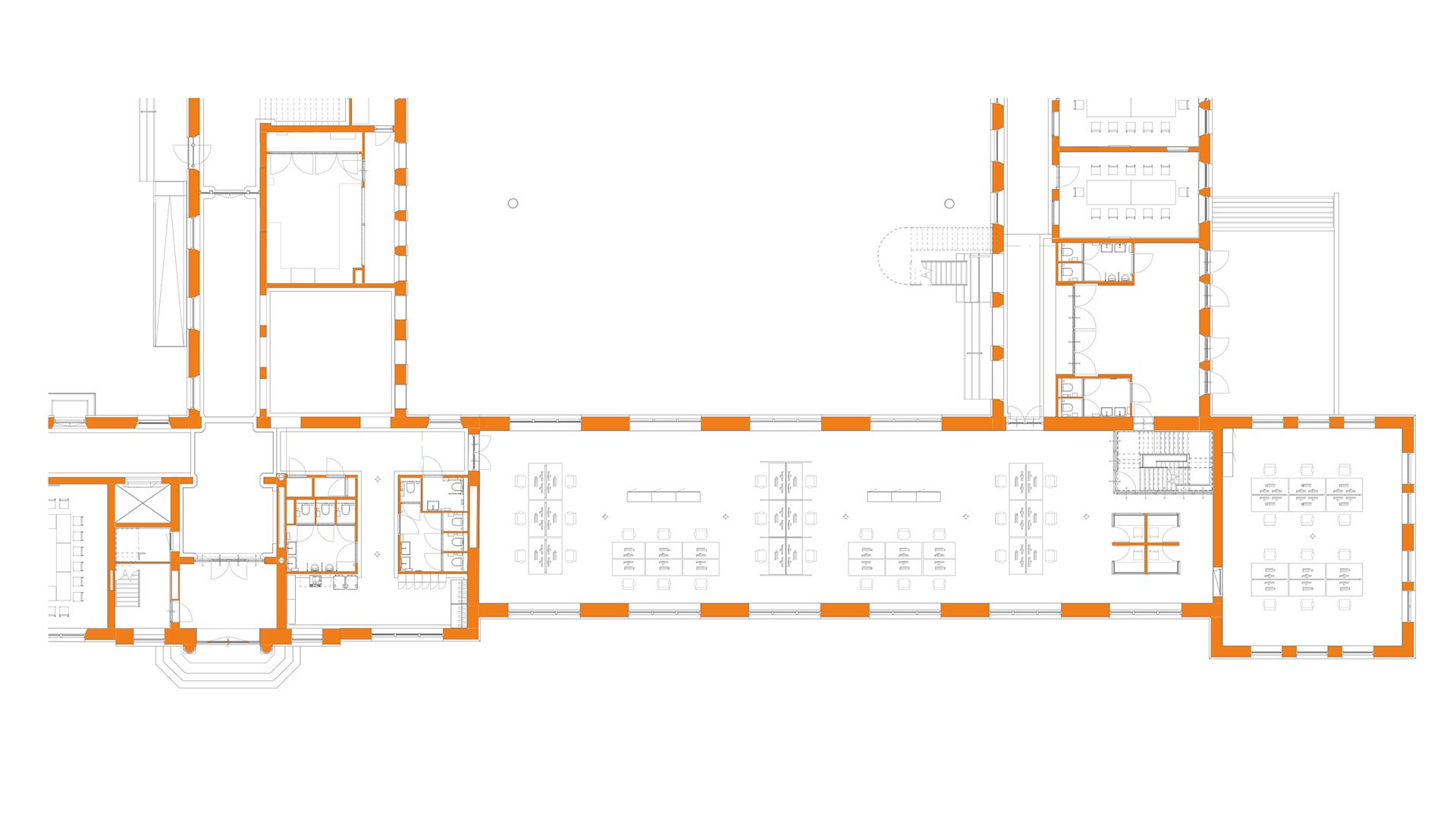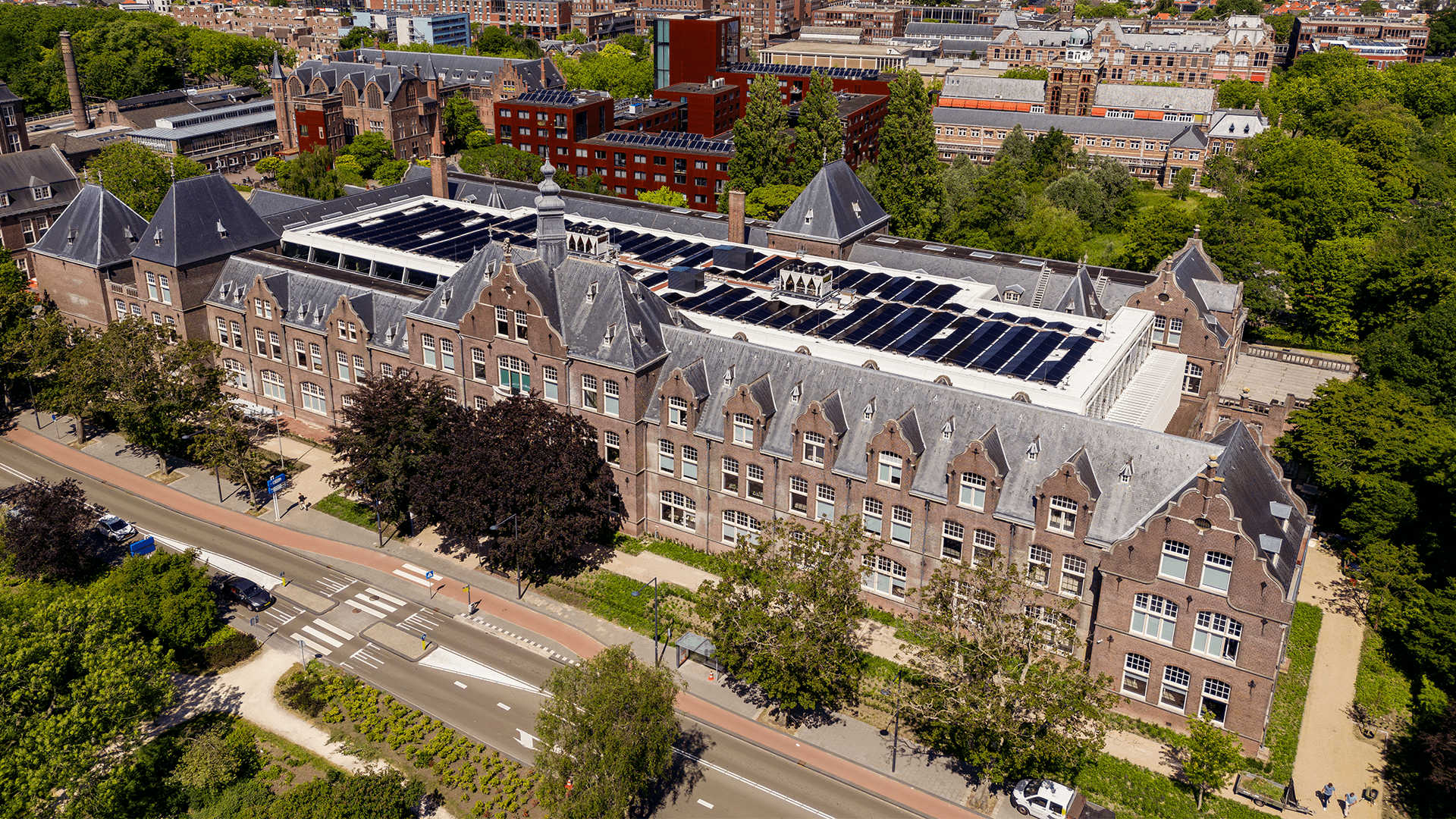Mijnbouw building - history

Project facts
- LocationDelft
- Date1912 - 2022

Professor's room
This is the old professor's room of the Mining Faculty. Here, the important matters of the faculty were discussed. In addition to meetings of the examination committee and department council, the professors also gathered here to march to the auditorium with the graduating students, where all the parents would already be waiting. Against the side wall stands a wooden cabinet. This has served for decades as a closet for the professors' robes.
If only these walls could talk...
Flooring in the hallways
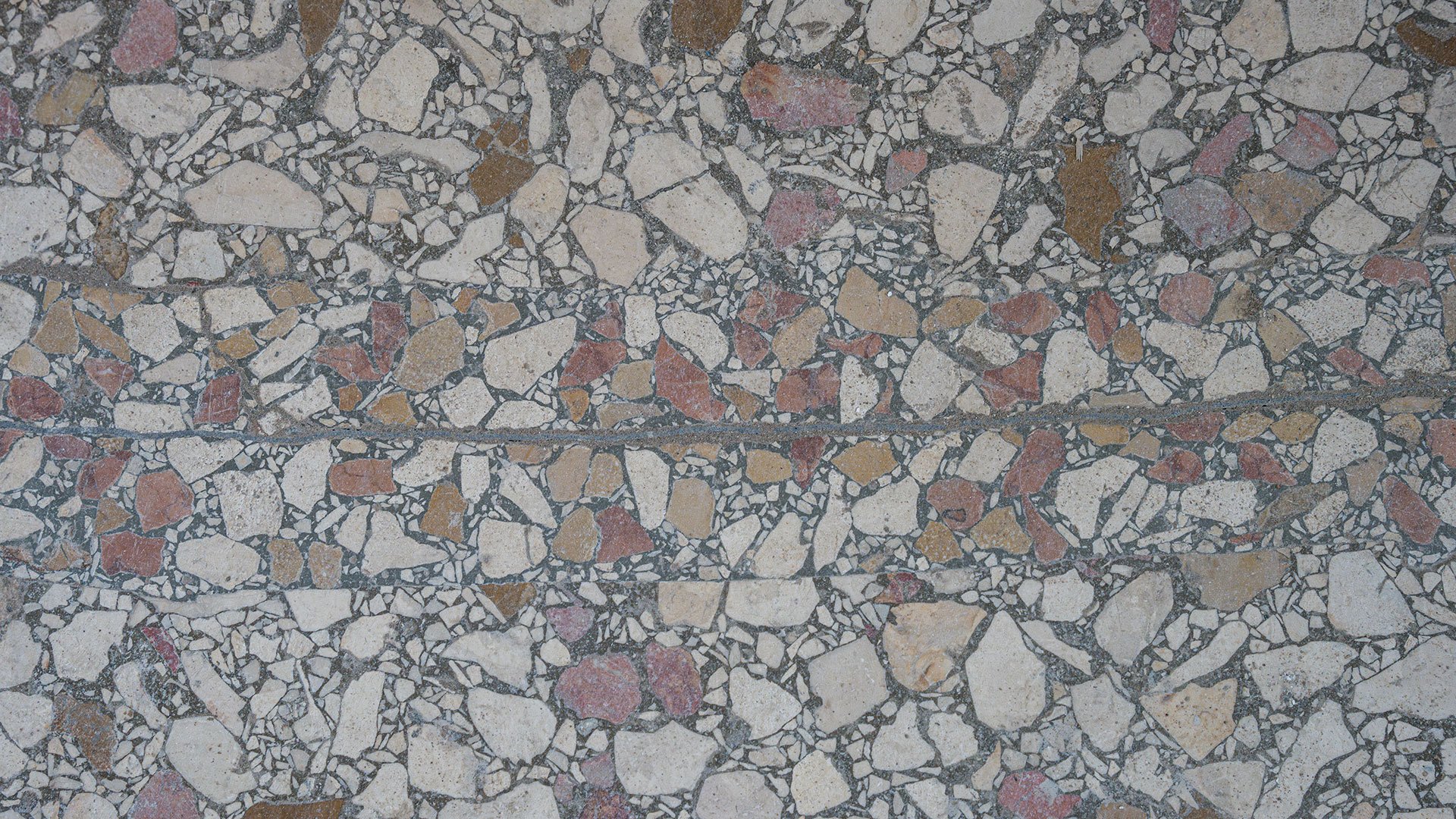
Memorial window
This stained-glass window is in memory of the twenty-one 'Mining Engineers' – twenty students and one professor - who fell during the Second World War. The memorial window was unveiled on May 3, 1947.
Their names are:
• Prof. Dr. Ir. Johannes Mekel: professor of historical geology and paleontology, founder of the Mekel resistance group ✝ May 3, 1942 (60 years)
• Louis Klein Bog ✝ March 28 (25 years)
• Ir. Erik Scheffer ✝ May 3, 1945 (29 years)
• Jaap Hardeman ✝ May 10, 1940 (21 years)
• Rudolf de Vries ✝ February 24 (28 years)
• Johan van Slooten ✝ May 3, 1942 (24 years)
• Hans Simon Thomas ✝ May 12, 1940 (32 years)
• Johannes Hesselberg ✝ August 30, 1944 (25 years)
• Joan Larive ✝ September 10, 1943 (23 years)
• Ewoud Sibinga Mulder ✝ April 24, 1945 (21 years)
• Leonardus Vuijk ✝ January 30, 1945 (24 years)
• Henny van Zadelhoff ✝ May 3, 1942 (22 years)
• Joan van den Honert ✝ May 3, 1942 (27 years)
• Jaap Bezaan ✝ February 11, 1945 (29 years)
• Henry Burgers ✝ February 3, 1945 (25 years)
• Pieter Groenewege ✝ September 25, 1942 (22 years)
• Cornelis van Holst Pellekaan ✝ November 20, 1942 (20 years)
• Pieter Egas ✝ April 29, 1945 (30 years)
• Alexander von Faber ✝ April 22, 1945 (29 years)
• Hubert Hamers ✝ December 29, 1944 (23 years)
• Felix Bloemgarten ✝ July 26, 1943 (24 years)
Lest they be forgotten.
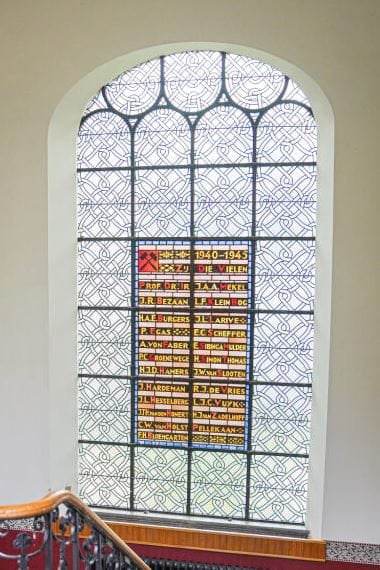
Auditorium


Mineralogical Museum
The east wing of the building was home to the Mineralogical Geological Museum of the TU Delft. Originally, the museum covered no less than three floors. Over time, two floors have been used for other purposes, including a chemical lab on the ground floor and workspaces for PhD students on the second floor.
This wing is also designed differently from the rest of the building: a different design on the outside and the use of metal roof trusses on the inside, as opposed to the wooden trusses in the rest of the building, with an extra sturdy foundation to support the enormous weight of all the rocks and minerals.
The museum's collection is now managed by the Naturalis Biodiversity Center, Leiden.
Original color palette
The colors you see throughout the building are based on the original color palette of the building. Based on paint samples and stratigraphic research, where the paint is removed layer by layer, interior architect Fokkema & Partners has proposed the current shades. The colors have been adjusted where necessary compared to the original because modern types of paint have a different appearance than the original oil paint, and factors such as gloss change over time, resulting in a different appearance.
Altogether, truly a 'renovation with respect'.
